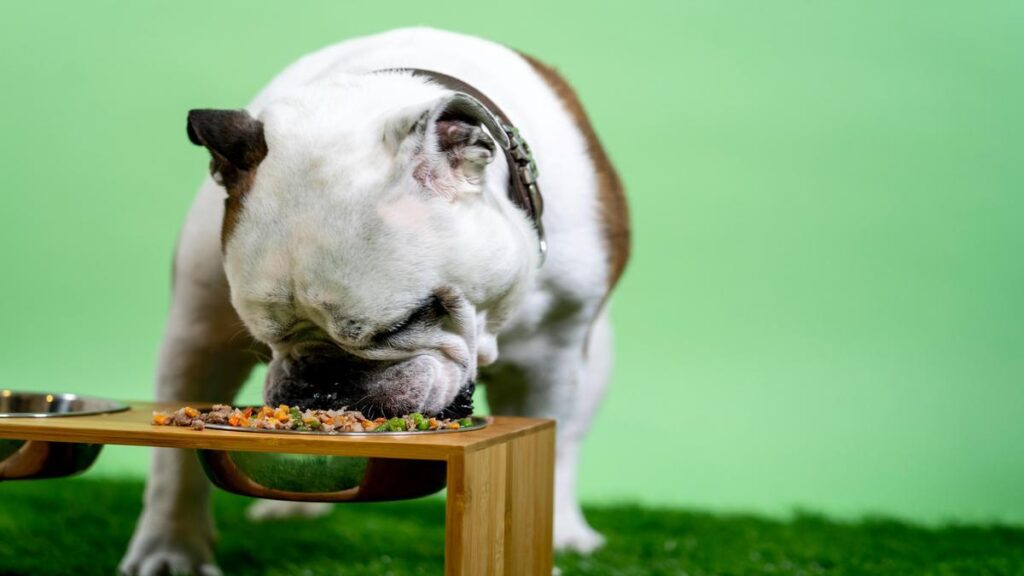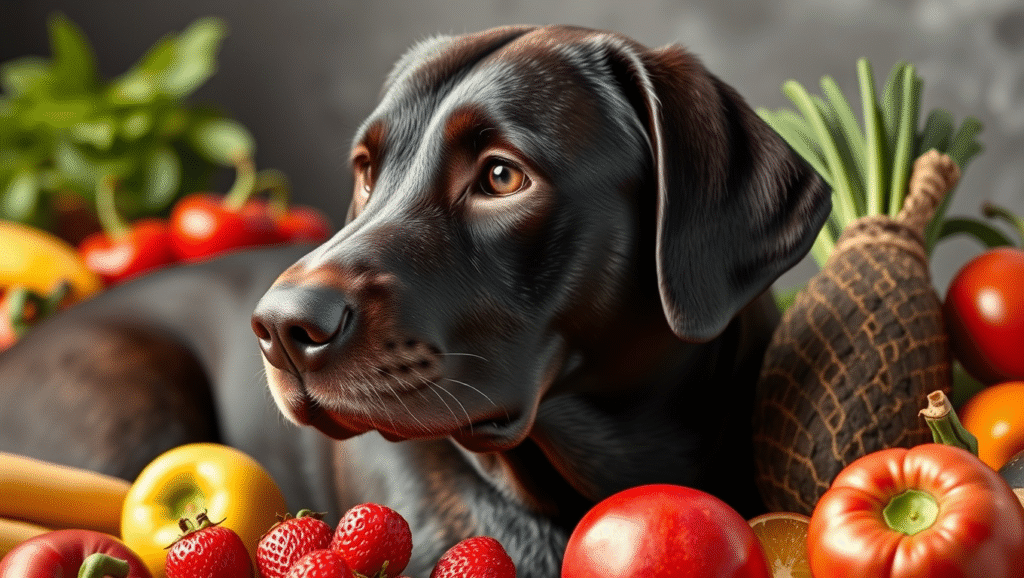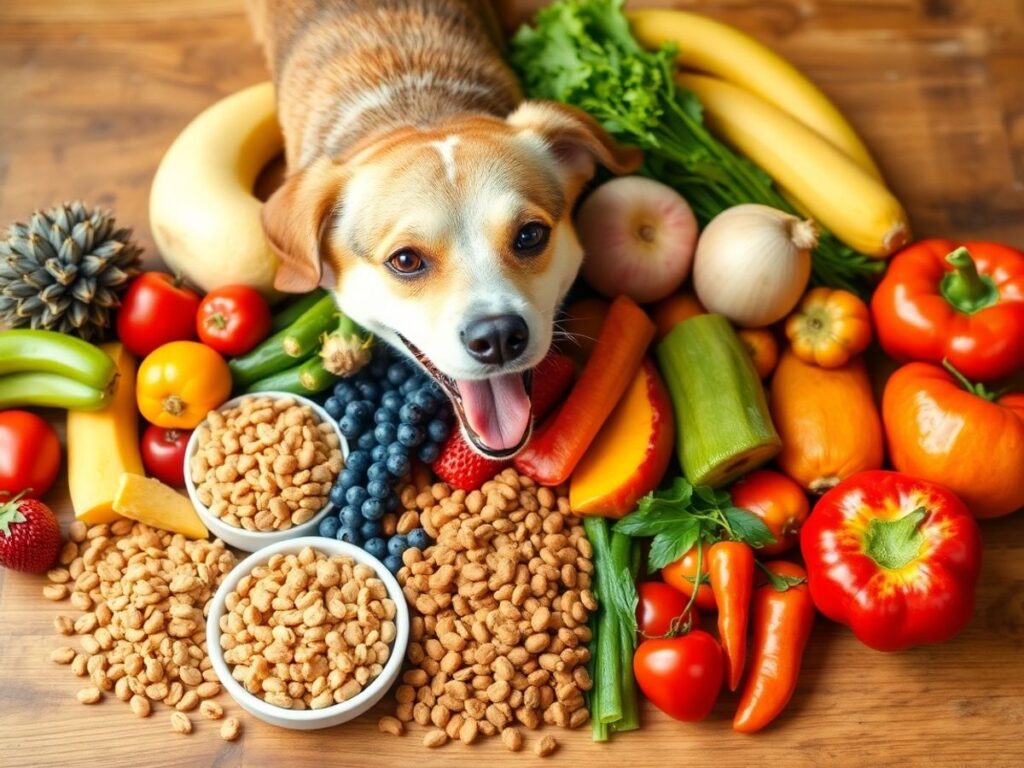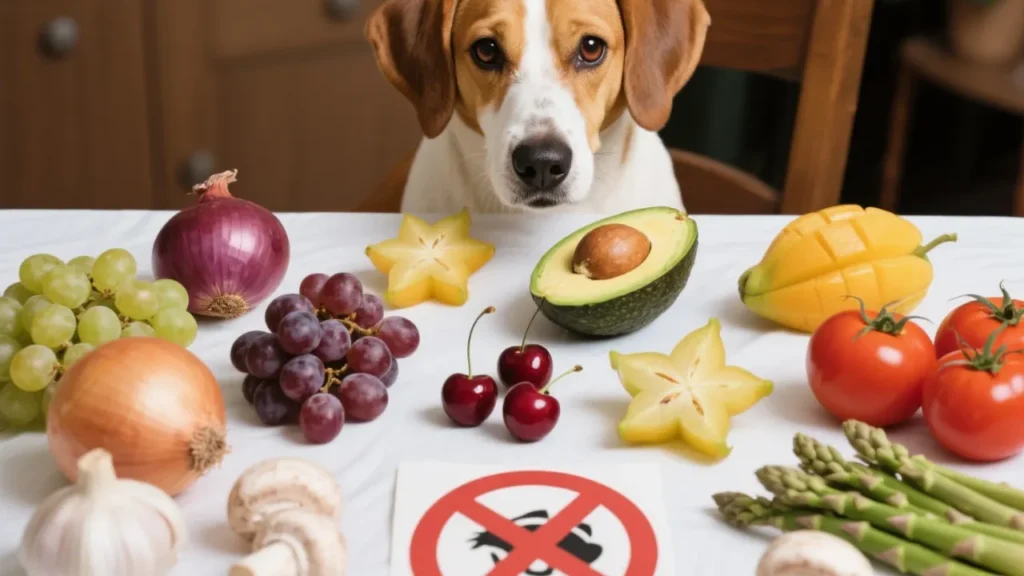Are you ready to discover 5 Tips for Choosing the Best Dog Kibble? Your dog deserves to eat well, and picking the right food can feel like a big job. But don’t worry, you’ll gain insight into what makes up great kibble. We’ll talk about everything from quality ingredients to veterinarian recommendations.
Let’s dive into how to make mealtime the best time for your furry friend!
Key Takeaways
- Look for high-quality ingredients.
- Check for balanced nutrition.
- Pick the right size kibble for your dog.
- Consider your dog’s age and activity level.
- Read reviews and ask your vet for advice.

Summary
Understanding Your Dog’s Nutritional Needs
When it comes to your furry friend, understanding their nutritional needs is key to keeping them happy and healthy. Dogs, like us, require a balanced diet to thrive. This means they need the right mix of proteins, fats, carbohydrates, vitamins, and minerals.
Think about it. Just like you wouldn’t want to eat junk food all the time, your dog needs proper nutrition too. A good diet supports their growth, energy levels, and overall well-being. It can even impact their mood and behavior. So, what do you need to consider?
First off, age matters. Puppies have different needs than adult dogs or seniors. Their bodies are growing, so they require more calories and specific nutrients. On the other hand, older dogs might need fewer calories but more joint support.
Also, consider their size. A Great Dane has different needs than a Chihuahua. And don’t forget about activity levels! An active dog will need more energy than a couch potato pooch.
In short, knowing your dog’s basic nutritional needs is the first step in choosing the right dog kibble. It sets the stage for everything that comes next.
Why Quality Matters: Choosing High-Quality Kibble
Now, let’s talk about quality. You might be wondering, Does it really make a difference? Absolutely! Choosing high-quality kibble can have a massive impact on your dog’s health.
Think of it this way: would you rather eat fast food every day, or would you prefer fresh, nutritious meals? Your dog feels the same way. High-quality kibble is often made with better ingredients. This means more real meat, fewer fillers, and no artificial additives.
When you pick up a bag of kibble, check the ingredient list. If the first ingredient is a whole meat (like chicken or beef), that’s a good sign. On the flip side, if you see things like corn or by-products at the top, it might be time to look elsewhere.
Quality kibble also tends to have better nutrient absorption. This means your dog gets more out of their food, leading to better energy levels, a shinier coat, and even healthier teeth. Plus, high-quality food can help prevent health issues down the road.
In short, investing in quality kibble means investing in your dog’s health. It’s worth the extra bucks, trust me.
5 Tips for Choosing the Best Dog Kibble: Ingredients to Look For
Alright, let’s get into the nitty-gritty of choosing the best dog kibble. Here are five tips to help you out:
- Look for Real Meat: The first ingredient should ideally be a specific meat, like chicken, beef, or fish. This ensures your pup is getting the protein they need.
- Avoid Fillers: Ingredients like corn, wheat, and soy are often used as fillers. They don’t provide much nutritional value and can sometimes cause allergies. For a more natural approach, consider natural dog food diets.
- Check for Whole Grains: If your dog can handle grains, look for whole grains like brown rice or oats. They’re a good source of energy and fiber.
- Healthy Fats: Omega fatty acids are great for your dog’s skin and coat. Look for sources like fish oil or chicken fat.
- Vitamins and Minerals: Ensure the kibble has a balance of vitamins and minerals. This supports overall health and immune function.
By keeping these tips in mind, you can ensure that you’re choosing a kibble that will help your dog thrive. It might take a bit of reading and research, but your pup will thank you for it!

Grain-Free or Not? Deciding on the Right Kibble Type
You’ve probably heard a lot about grain-free diets for dogs lately. But is it right for your pup? Let’s break it down.
Grain-free kibble is often marketed as a healthier option. The idea is that grains can lead to allergies or digestive issues in some dogs. However, not all dogs need to be on a grain-free diet. In fact, many dogs do just fine with whole grains in their food.
If your dog has shown signs of allergies, like itching or stomach issues, it might be worth trying a grain-free option. But be cautious. Some grain-free foods have been linked to heart issues in dogs, particularly those that are high in peas and lentils.
So, what should you do? If you’re unsure, it’s always a good idea to consult with your vet. They can help you decide if grain-free is the way to go or if your dog would benefit from a kibble with whole grains.
Puppy Kibble Selection: What to Keep in Mind
Picking the right kibble for a puppy is super important. They’re growing and developing, so their nutritional needs are different from adult dogs. Here’s what to keep in mind when selecting puppy kibble:
- Higher Protein Content: Puppies need more protein to support their growth. Look for kibble that has a higher percentage of protein than adult formulas.
- Balanced Nutrients: Puppies also require a balanced mix of fats and carbohydrates. This helps them develop strong bones and muscles.
- Size Matters: If you have a large breed puppy, make sure to choose a kibble formulated specifically for them. Large breed puppies grow faster and need a different balance of nutrients to prevent joint issues.
- Small Kibble Size: Puppies have tiny mouths! Ensure the kibble is small enough for them to chew easily.
- Gradual Transition: If you’re switching your puppy’s food, do it gradually. Mix the new kibble with the old one over a week or so to avoid tummy troubles.
By keeping these points in mind, you can help your puppy grow up strong and healthy. It’s a big responsibility, but it’s also super rewarding!
Vet-Recommended Kibble: Trusting the Experts
When in doubt, trust the experts! Your veterinarian can be a great resource when it comes to choosing the right kibble for your dog. They have the training and knowledge to guide you based on your dog’s specific needs.
Ask them about their favorite brands and what they recommend for your dog’s age, size, and health status. They can also provide insights into any dietary restrictions or allergies your pup might have.
And don’t forget to keep them in the loop about any changes you make to your dog’s diet. If you notice any adverse reactions, your vet can help you figure out what’s going on.
Remember, your vet wants what’s best for your dog. So, don’t hesitate to reach out and ask questions. It’s all part of being a responsible pet parent!
Dog Food Reviews: Finding the Best Options for Your Pup
With so many dog food options out there, it can feel overwhelming. One way to narrow it down is by reading dog food reviews. But how do you know which ones to trust?
First, look for reviews from reputable sources. Websites that specialize in pet nutrition or veterinary advice are usually a good bet. They often provide detailed breakdowns of various brands, including ingredient quality and nutritional content. For example, you might find insights on Dr. Harvey’s Canine Health Miracle Dog Food.
Also, check out customer reviews. Real pet owners can give you insights into their experiences with specific brands. Look for comments about dogs’ reactions to the food, such as energy levels, coat condition, and overall health.
And don’t forget to compare prices. Sometimes, a higher price tag doesn’t always mean better quality. Look for sales or bulk buying options to save some cash while still feeding your pup well.
Finally, keep your dog’s preferences in mind. Some dogs are picky eaters! If they turn their nose up at a particular kibble, it might not be the right fit, no matter how good the reviews are.
Balancing Your Dog’s Diet: More Than Just Kibble
While kibble is a convenient option, it shouldn’t be the only thing your dog eats. A well-rounded diet can include fresh fruits, veggies, and even some cooked meats. For example, healthy foods like carrots and green beans make great low-calorie snacks.
They’re full of vitamins and can help keep your dog’s teeth clean. Just be sure to chop them up into bite-sized pieces!
And let’s not forget about treats. It’s fine to give your dog treats, but make sure they’re healthy ones. Look for options with real ingredients, and consider how they fit into your dog’s overall diet.
Also, remember to provide fresh water at all times. Hydration is crucial for your dog’s health, especially if they’re eating dry kibble.
In a nutshell, balancing your dog’s diet means mixing it up a bit. It keeps things interesting for them and ensures they’re getting a variety of nutrients.
Conclusion
In the end, choosing the best dog kibble is all about understanding your furry friend’s needs and making informed decisions.
By focusing on high-quality ingredients, balanced nutrition, and your dog’s unique requirements, you can ensure they’re getting the fuel they need to thrive. Remember, it’s not just about filling their bowl; it’s about nurturing their overall health and happiness.
So, take your time, do your research, and don’t hesitate to lean on your vet’s expertise.
With these tips in your back pocket, you’re well on your way to becoming a kibble connoisseur! And hey, if you want to keep the learning going, check out more articles at Tech Havela. Your pup will thank you for it!
Frequently Asked Questions
What are the most important ingredients to look for in dog kibble?
Good question! You want to see high-quality protein, like chicken or beef, at the top of the list. Whole grains, fruits, and veggies are great too!
How can I tell if the kibble is right for my dog?
Check your dog’s energy levels, coat shine, and stool quality. If they look great and feel good, you’ve likely found the right kibble!
Should I choose grain-free dog kibble?
Not everyone needs grain-free. Some dogs do well with grains, while others may need grain-free options. Consult your vet for the best choice.
Is it okay to mix different kibbles?
Mixing can be fine! Just do it slowly. This helps your dog adjust without tummy troubles.
How often should I feed my dog the kibble?
Most dogs eat twice a day. Stick to a schedule to keep your pup feeling their best!
Can I make my own dog food instead of using kibble?
Yes, but be careful! Homemade diets need the right balance of nutrients. It’s best to talk to your vet first.
Where can I find the best dog kibble?
Look in pet stores, online, or at your vet. Remember the 5 Tips for Choosing the Best Dog Kibble to guide you!
**Sidnir Vieira**
Founder of TechHavela
A passionate pet and tech content creator, helping dog owners across the U.S. make smarter decisions for their furry friends.



